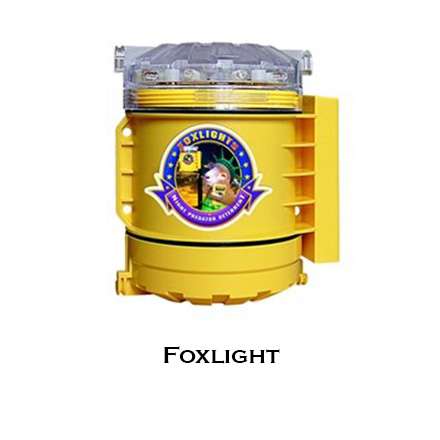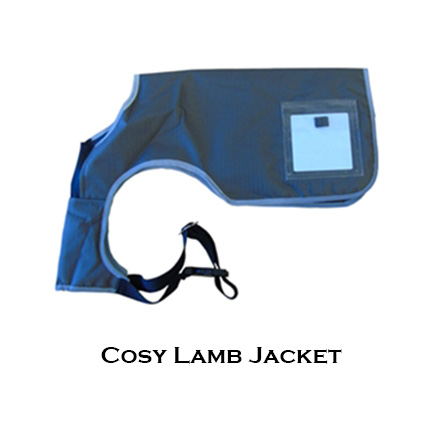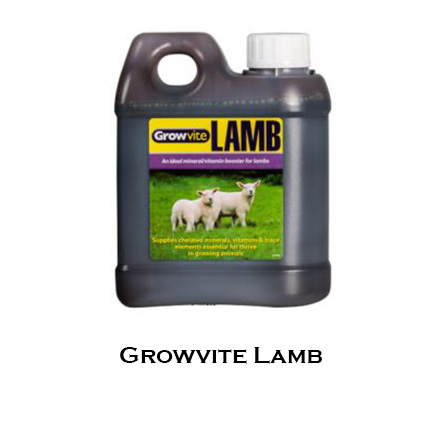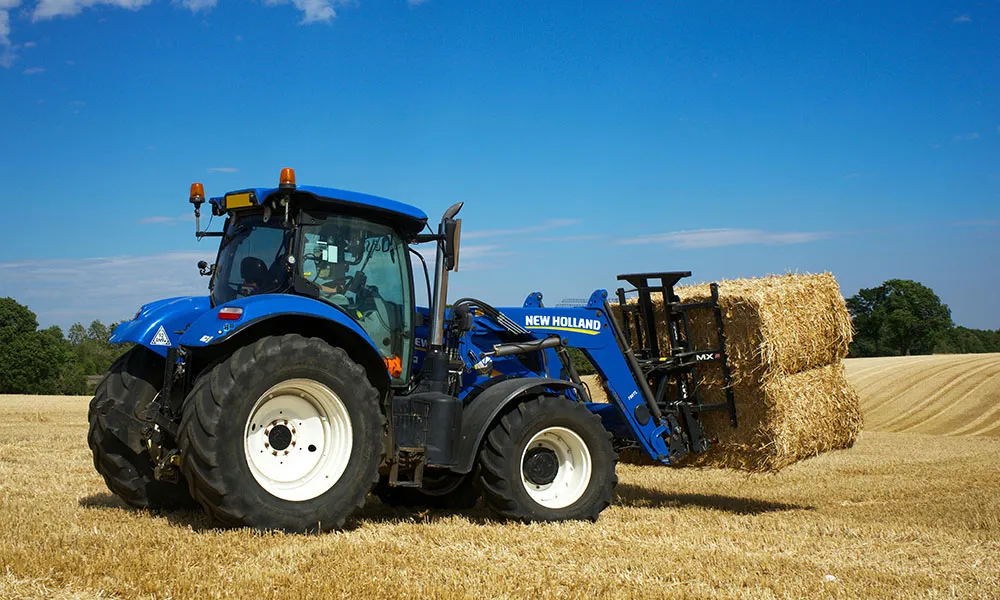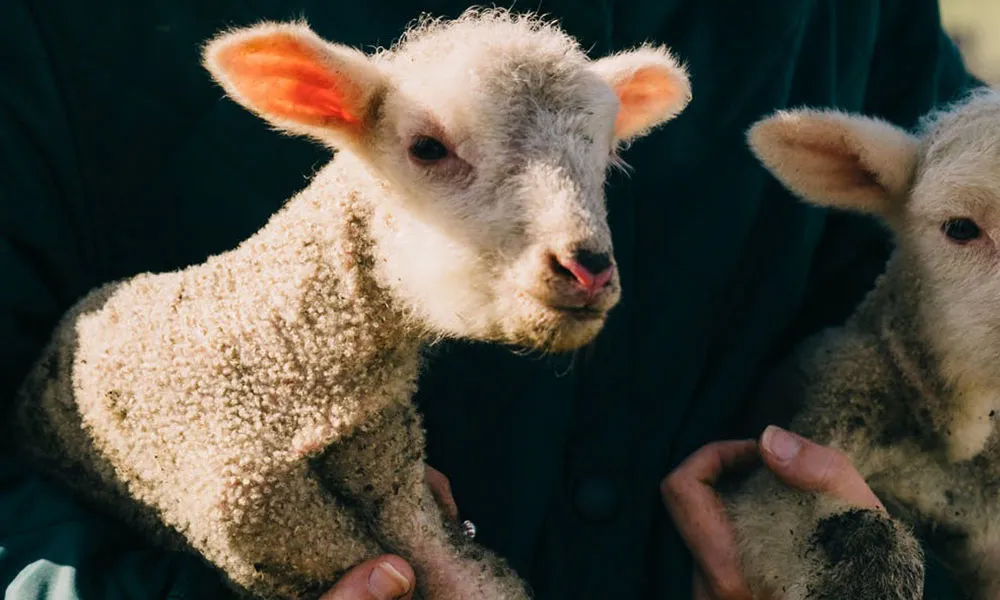
Agridirect.ie discusses joint-ill in lambs, and outlines some steps that farmers can take this spring to prevent it.
What is Joint-ill?
As we’ve said on this platform many times before, lambing season presents numerous potential dangers to overall flock health. Lambs, in their first few weeks in particular, are notoriously prone to potentially deadly diseases. Among these, joint-ill is one of the most common causes of lamb losses during the first month of life. Defined as a suppurative polyarthritis, joint-ill is caused by a pathogenic bacterium that enters the lamb’s bloodstream, typically through open wounds, ultimately causing a build-up of bacteria in the joints. It is often contracted through the navel, tail or via castration wounds. However, research indicates that the gut and respiratory tract are also likely routes of infection.
Symptoms
Most sheep farmers are all too familiar with the tell-tale signs of joint ill. In short, the disease manifests as sudden-onset lameness, often – though not inevitably – followed by death. If you spot a lame lamb in the flock, you can diagnose joint-ill by catching him and placing your palm on the affected joint. If joint-ill is the culprit, the joint will be hot and the lamb will wince in pain when it is touched. Lambs suffering from joint-ill will not thrive. They will appear dull and feverish. If it was the initial point of infection, the navel area will be swollen with infection. However, a clean navel should not be taken as evidence that joint-ill is not present. Lambs that have picked up the bacteria through the respiratory tract are more likely to present with pneumonia than with a swollen navel. 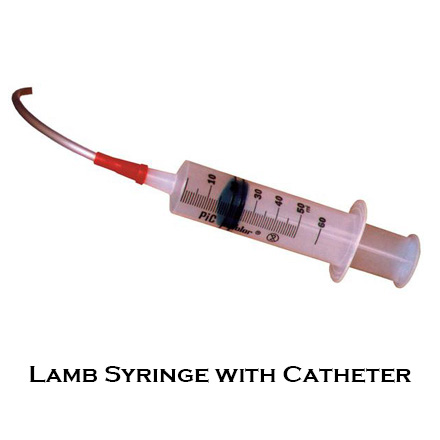
How to prevent joint-ill
Good hygiene around lambing is key to preventing joint-ill. This is why joint-ill is so common among lambs born indoors. However, it is worth noting that lambs born outdoors can also contract the illness, and do so frequently. If lambing is taking place indoors, you should make sure that the lambing area is cleaned and disinfected regularly. Spreading lime is a great way of keeping bacteria at bay. If you have a recurring problem with joint-ill, you should consider moving your lambing pen to a different shed. Adequate colostrum is another essential when it comes to preventing joint-ill. If the dam is not producing enough colostrum, or if she has not taken to the lamb within the first few hours, you will have to intervene. Replacement colostrum can be bought at any agricultural co-op or from a veterinarian. You will probably need to administer this using a stomach tube. If you have not done this before, you should consult a veterinarian or, if a vet is not available, a more experience neighbour/friend. In my experience, farmers are usually very happy to share their knowledge with this sort of thing. Correct treatment of the navel after birth is the most important preventative measure of all. Ideally, the navel should be treated with an iodine solution as quickly as possible. Dipping is usually considered a more effective treatment than spraying. However, it is important to use a fresh solution for each lamb. Clean and disinfect the container after each use as well, as failure to do so may actually be counterproductive and can lead to an increased spread of infection.
Treatment
Antibiotics are the most effective treatment for joint-ill. If you have diagnosed a case of the disease on your farm, and need to get it treated, you should contact your veterinarian immediately. As such, your focus should be on prevention rather than cure. 